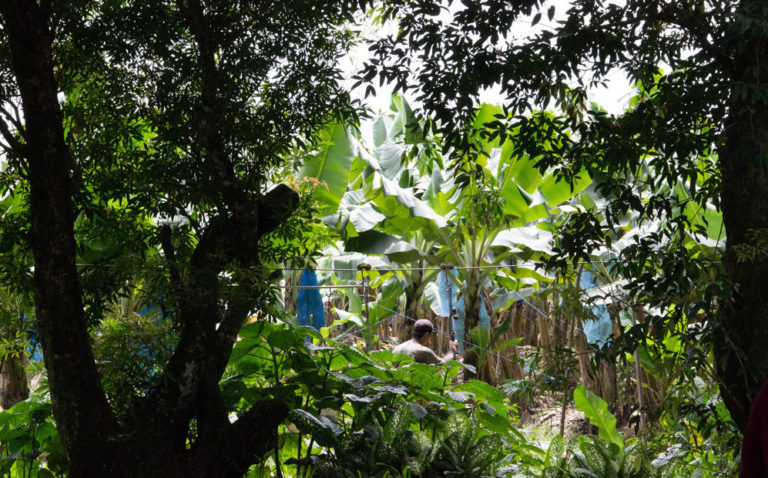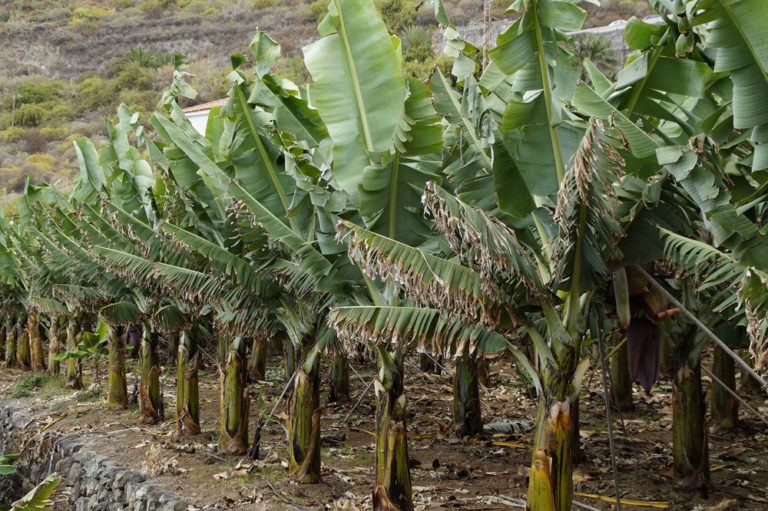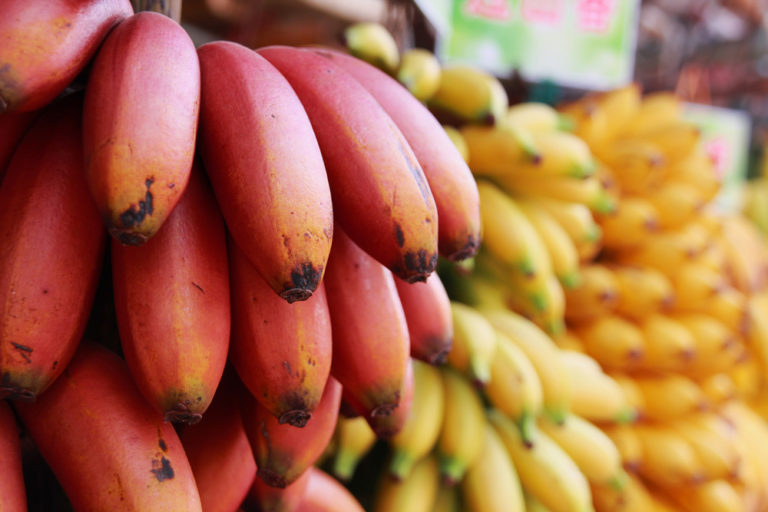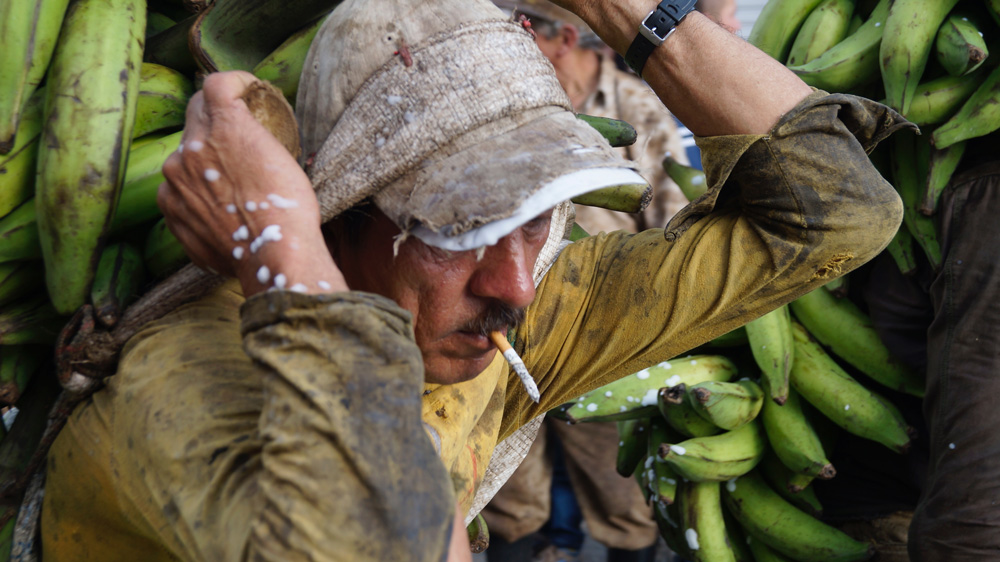It is hard to imagine the world without our favourite yellow fruit. A perfect snack, it also goes well with our cereal or in a shake, for baking and even crisps. Our little beloved ones enjoy eating it in puree form. You might have guessed what fruit I am talking about.
Yes! It is a banana – everyone’s darling, a staple food and a source of income for more than 400 million people.
However, few of us know that the banana is facing a severe threat. You might have noticed that the bananas we buy in the supermarket all look the same. That is because they all belong to the same type – the Cavendish banana. This variety dominates global banana production primarily due to its commercial benefits: cavendish don’t bruise as much during transportation and have the shape and the colour everyone expects from a banana. Surprisingly enough, the taste has not been a determining factor. There are many varieties of much sweeter taste and softer consistency.







